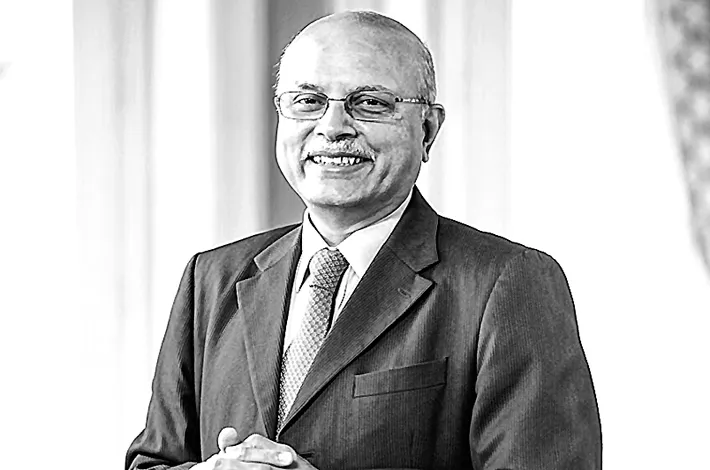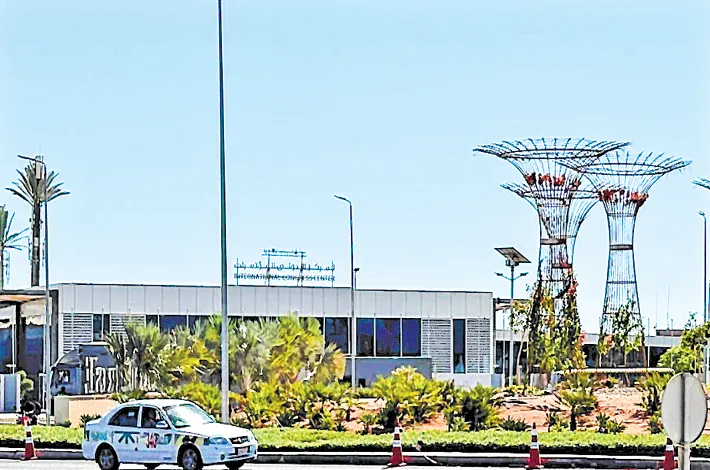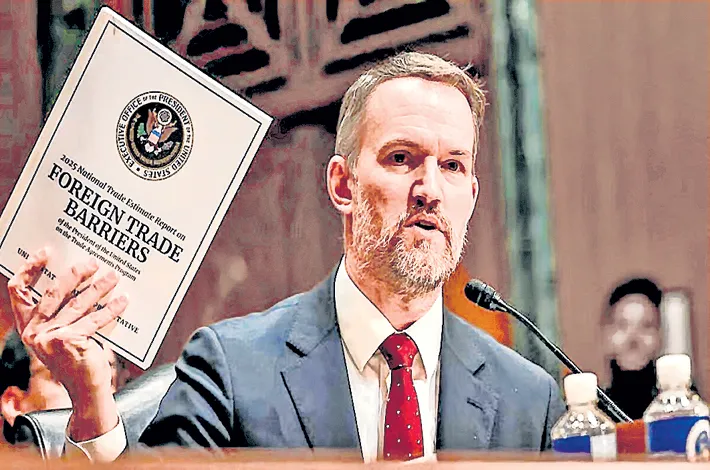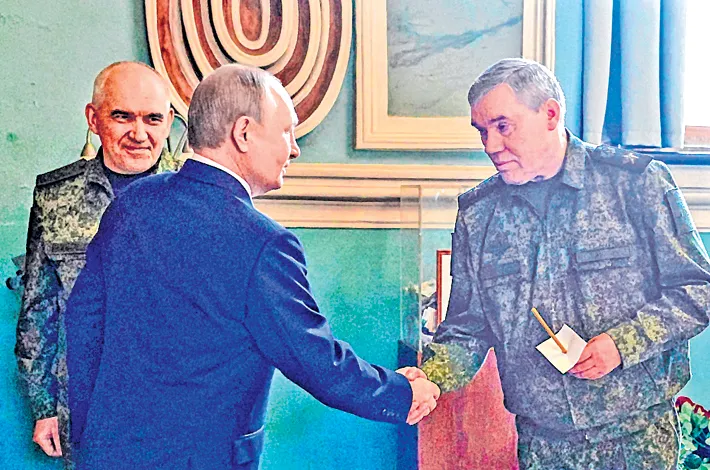India is at the crossroads of turbulence and opportunity
27-09-2025 12:00:00 AM

Volatility is also opportunity in disguise. This is our moment to catapult Atmanirbhar Bharat into global supply chains and AI-driven services
The world, once again, is in flux. From the skies over Estonia to the streets of Gaza, from the oil markets of the Middle East to the storm-struck provinces of China, disruptions abound. For India, these are not distant tremors. They are currents that will shape our trajectory — either as headwinds that slow us down or as tailwinds that propel us into a future of sustainable abundance.
Conflict and Diplomacy: Balancing Ties, Building Credibility: The escalation in Gaza and the growing wave of state recognitions for Palestine have reignited a decades-long fault line. India, with historic sympathy for the Palestinian cause and deepening strategic ties with Israel, must walk a razor’s edge. Millions of Indians live and work in the Gulf; our energy security is bound to West Asian stability. Yet, this very balancing act presents an opportunity: India can step forward as a trusted mediator, leveraging its credibility in multilateral forums, such as the G20 and SCO.
Simultaneously, NATO’s sharp responses to Russian airspace violations have rattled Europe. For India, this volatility underscores the urgency of diversifying energy sources. As oil and gas supplies from traditional exporters grow uncertain, our transition to renewables, hydrogen, and biofuels is no longer optional. It is imperative.
Asia in Motion: New Alignments, New Chances: Closer home, Saudi Arabia’s defence pact with Pakistan signals shifting sands in South Asia’s security architecture. While this may raise new complexities for India, it also reinforces the importance of our own Gulf diplomacy. Strengthening economic, defence, and clean energy ties with the UAE, Saudi Arabia, and Oman will be critical to ensuring both resilience and influence.
Meanwhile, East Asia’s appetite for coal has surged to levels unseen in over a year. For India, this creates a short-term cost risk for energy-intensive sectors such as steel and power. But it also shines a spotlight on the prize: building a renewable-plus-storage backbone that insulates our economy from such volatility. And then comes Super Typhoon Ragasa, hurtling toward China’s Guangdong manufacturing belt. Every disruption in Shenzhen and Guangzhou creates opportunities for India’s MSMEs in electronics, textiles, toys, and auto components. The world is actively searching for “China+1” supply chain options. India must seize this moment with speed and scale.
Economic Signals: Risks Abroad, Leverage at Home: On the brighter side, the OECD has revised global growth upwards to 3.2% for 2025, thanks to strong AI-driven investment and trade resilience. For Indian exporters in IT, pharmaceuticals, and engineering goods, this is good news. But we cannot ignore the dark cloud: the US administration’s sudden tariff hikes and the imposition of a staggering $100,000 annual fee on H-1B visas.
This move strikes at the heart of India’s IT services sector. Yet, within it lies the seed of a pivot. If US firms find mobility expensive, India must position itself as the most attractive hub for Global Capability Centres. By offering world-class talent, AI-powered processes, and cost advantages, we can transform the very structure of Indo-US collaboration.
Climate Imperatives: Scrutiny and Leadership: Across continents, climate protests are demanding stronger action, even as regulatory rollbacks create uncertainty. India will inevitably face sharper scrutiny on emissions, particularly on coal usage. But here too lies a chance: to lead on green hydrogen, biofuels, circular economy solutions, and climate-resilient agriculture. Few nations combine India’s scale, entrepreneurial energy, and policy momentum. If we act decisively, India can set global standards.
The Bottom Line: Catapulting Atmanirbhar Bharat: The world today is volatile, fractured, and uncertain. But volatility is also opportunity in disguise. By insulating ourselves from turbulence—through energy diversification, secure supply chains, and domestic innovation—while grabbing opportunities in AI, clean energy, and manufacturing, India can turn headwinds into tailwinds.
This is our moment to catapult Atmanirbhar Bharat into global supply chains, clean energy leadership, and AI-driven services. The turbulence of today can—with courage, innovation, and foresight—become the abundance of tomorrow.








